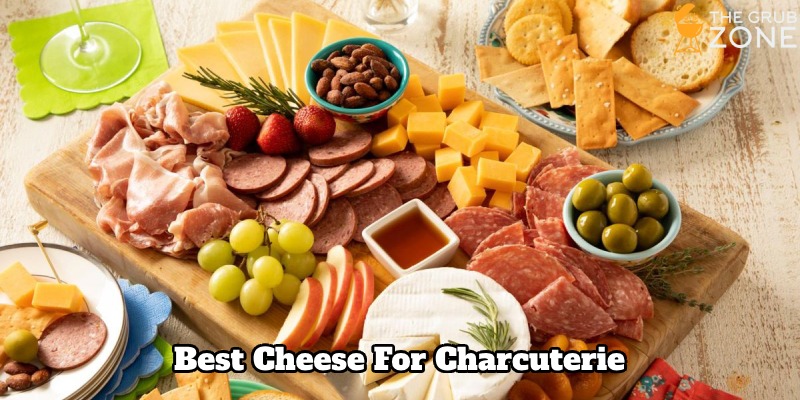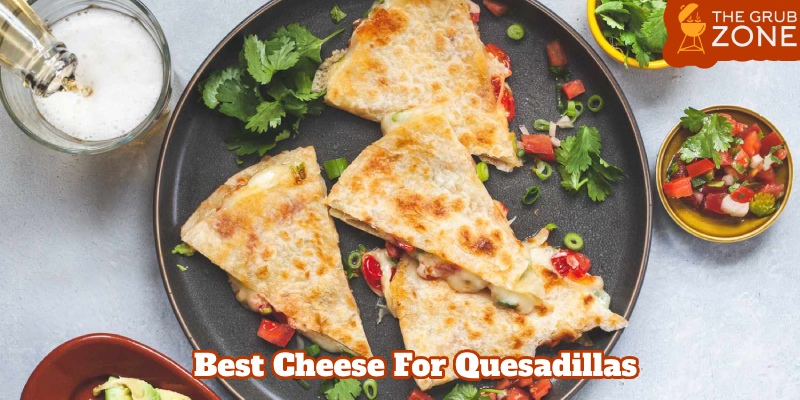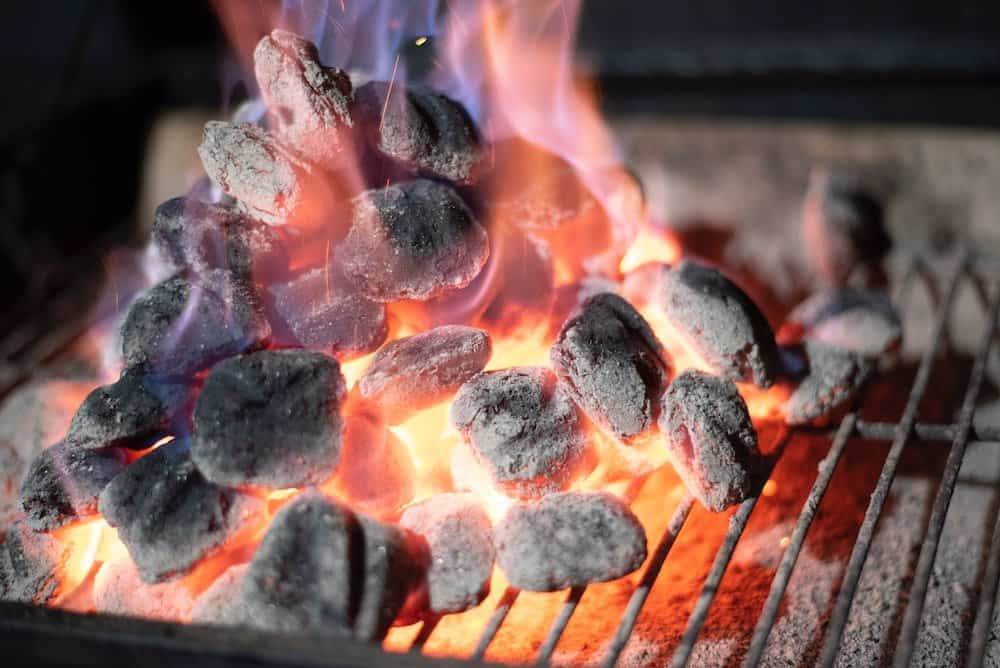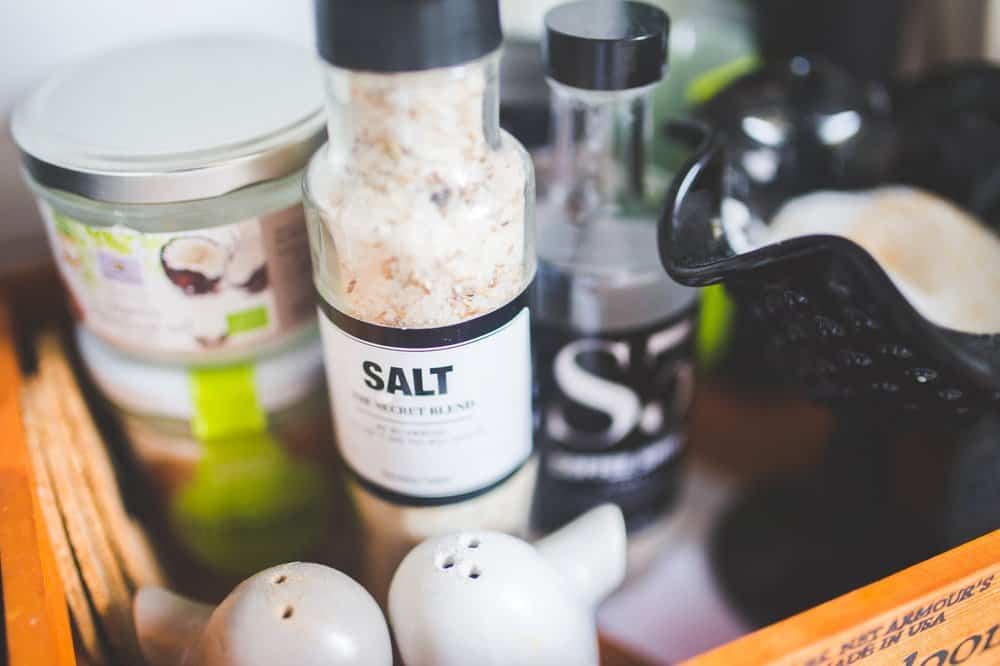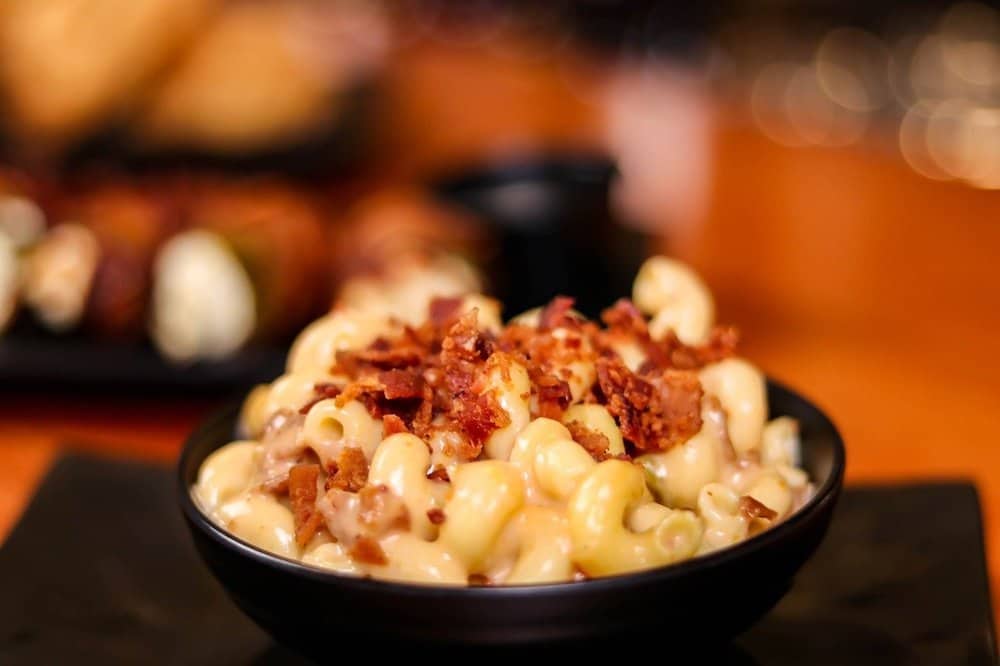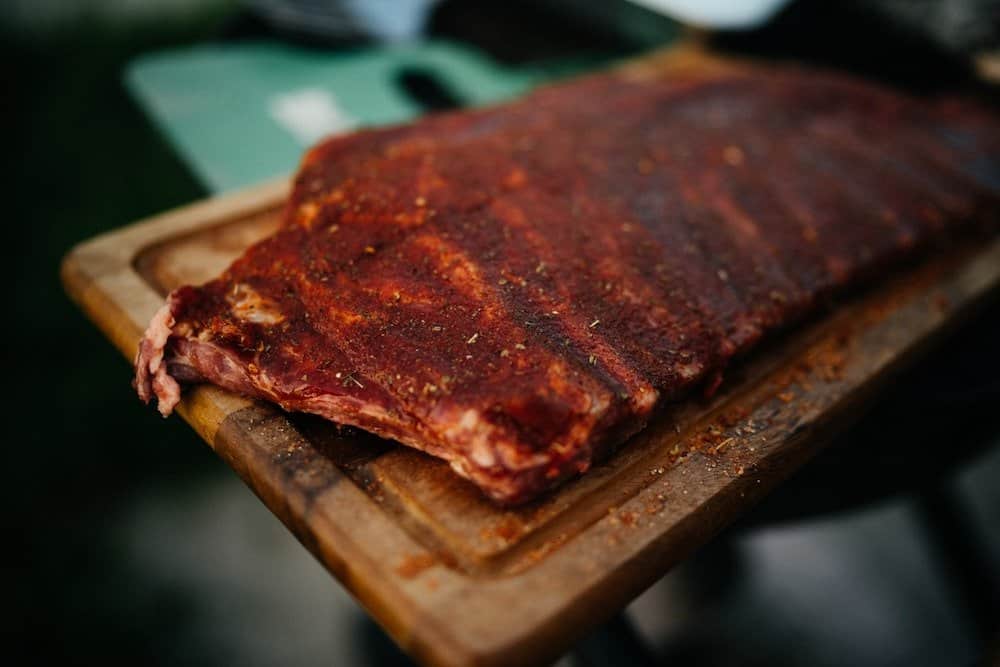What is the first thing that comes in your mind when you hear the Dutch oven? An oven made by the Dutch? Maybe it is something that helps you make mouth-watering Dutch culinary.
The answer is no! In fact, Dutch ovens have nothing to do with Dutch. It is not even an oven! Are you confused? Worry not, as we are here to tell you everything there is about Dutch ovens. Are you ready to uncover the mystery? Let’s jump right in!
So, What Is a Dutch Oven
The Dutch oven is a super versatile and enduring kitchen appliance, more specifically, thick-walled cooking pots made out of heavy and robust cast iron. These may also comprise of cast aluminum or ceramic.
Moreover, some of these features bright and beautiful enameling. You might even know these useful appliances as French ovens or casserole dishes.
I know what you’re thinking. If it’s not an oven, why does everyone call it that? Well, it’s time to take a walk-in history.
The History Of Dutch Ovens
The history behind these cooking pots is a little complicated. To ensure you know everything about its background, we’ve divided the history into three parts. Let’s start at the top!
· Dutch History
The origins of these pots sprout from the Netherlands. During the 17thcentury, they were the finest craftsmen and mostly crafted products out of copper or brass.
In the Netherlands, people refer to these pots as ‘braadpan,’ which means a frying or roasting pan. Modern designs have modified these to enameled steel pans that are much lighter and cheaper than Dutch ovens are.
· English History
In 1704, a guy named Abraham Darby decided to travel from England to the Netherlands to inspect casted pots made by the Dutch.
The Dutch would use sand to make the molds and produce high-quality pots that were far better than what the English were creating at that time. Upon inspection of their pots, Abraham returned to England intending to create something even better and cheaper.
For this reason, he used the economical metal of cast iron. By 1707, Darby had refined the Dutch’s casting procedure to make these pots. He named these the ‘Dutch Oven’ thus explaining the story behind this name.
· American History
Next, the Americans brought these ‘Dutch Ovens’ to their new colonies. Here they continued to modify these English pots. One man named Paul Revere, the famous Patriot, added the legs and designed a flat lid with a ridge to these pots.
The Dutch oven was valued, amongst the colonists, due to its sustainability and versatility. So much so that people would specifically spell it out in their wills. Moreover, explorers such as Lewis and Clark carried these pots with them on their trip to Northwest America.
Later in 1896, Joseph Lodge built a cast iron foundry in Tennessee to commercially manufacture Dutch Ovens. These cast-iron pots are still manufactured here and are known for their ingenuity and supreme quality.

Types of Dutch Ovens
This long history means there’s a wide array of Dutch oven types. And differentiating them is no easy task! That’s why we’ve added the different types of Dutch ovens available down below. Keep scrolling to find out!
· Camping Dutch Oven
The most popular and common is a Camping Dutch Oven, which is also known as a Cowboy or Chuckwagon Dutch Oven. Its most integral feature is its three legs, making it well-suited for outdoor use. Therefore, it works as a makeshift oven when camping as you can place coal above and beneath the pot for easy cooking.
Made out of cast iron, the pot is highly durable. Since it’s designed for outdoor activities, the pot has a wire-bail handle for easy carrying. Campers mostly use it for baking as the concave, rimmed lid perfectly fits into the pot to create an airtight seal.
· Bedourie Dutch Oven
Made out of steel, a bedourie oven is an Australian version of Dutch ovens. These cooking pots get their name from Bedourie, Queensland. These are more robust and sustainable instead of the cast-iron Dutch ovens.
· Potjie Dutch Oven
Used in South Africa, a potjie roughly translates to ‘little pot.’ Unlike a Dutch oven, these are round-bottomed and made out of a single cast of iron, and then reinforced with external double or triple ribs, a bail handle that assists in carrying it, and lastly, three short legs.
A potjie looks a lot like a cauldron and even has a matching handled lid. Here too, you can rest coals on top and underneath the pot. Typically, these ones need more seasoning if you store them for a long time.
· Chavunok Dutch Oven
A Chavunokor Chugunok is a kind of Dutch Oven used in Eastern Europe and Central Asia. Typically, made out of cast-iron, they are used in ovens, hearths, and campfires. The best part is these ovens are highly suitable for cooking methods that require high temperature, such as roasting, stewing, and slow cooking.
When it comes to reinvention and redesigning, these look more like a traditional crock. The middle of these pots is wider as compared to the top and bottom. Plus, the Chavunok comes with a long-handled holding tool that, with the help of a roller, helps you lift it from the oven. The lack of handles makes it harder for you to cook on your kitchen stove.
The Uses of Dutch Ovens
Now that you know what a Dutch oven is and you’ve relived its history let’s talk about why everyone loves them.
In the earlier times, these pots were placed on open flames, meaning the material had to be rugged and sturdy. Besides, it consisted of a well-fitted lid that allowed the people to add coals onto and below the pot. Now
, this type of Dutch oven is mostly used in campfires.
The evolution of this pot added small legs to the pot that elevates this on the coal bits. Some pots even come with hinged lids to ensure unwanted materials stay out of the food and that the ash and embers remain far from you.
Here’s our favorite part, you can stack these pots one over the other when cooking! Cool, right? The bottom of one-pot substitutes as a lid for the other one. The heat transmits between them, allowing your food to be cooked to perfection!
How A Dutch Oven Is Made
[wpcc-iframe loading=”lazy” width=”560″ height=”315″ src=”https://web.archive.org/web/20220521184252if_/https://www.youtube.com/embed/RM5YRNxv0aM?start=41″ frameborder=”0″ allow=”accelerometer; autoplay; clipboard-write; encrypted-media; gyroscope; picture-in-picture” allowfullscreen]
